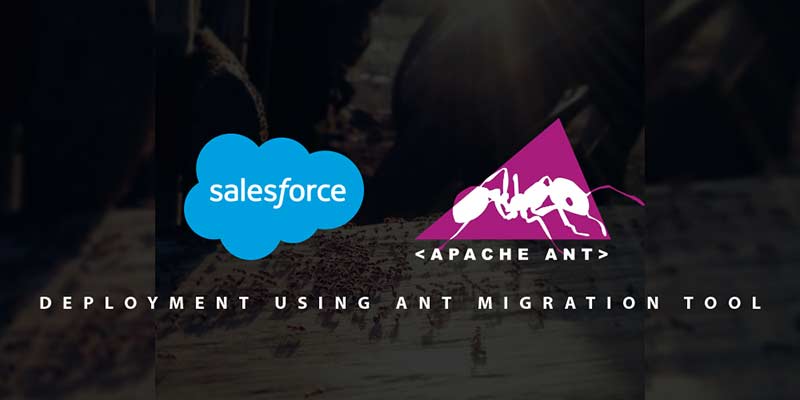
- #How to push flow builder with ant migration tool how to#
- #How to push flow builder with ant migration tool install#
- #How to push flow builder with ant migration tool update#
- #How to push flow builder with ant migration tool software#
I wish there was an easy way to do this, but there’s not one I can find other than taking the time to put together a spreadsheet with all your exportables. You can use tools to compare all the metadata by downloading it from both environments and do a diff (comparison file by file), but those are not always straightforward to really tell if something is the same or not in both environments (as we’ll see in later steps). This is an extensive step since you have to go through all of your metadata items one by one and list them for each environment: every object, every field, every record type, every list view, every report, every dashboard, every field set, every workflow rule, every email alert, every field update, every process builder, every flow, you get the idea… This requires an analysis of both your environments (source and destination) to keep track of what you have in each. In order to know what to package you need to know what you have.


Step 1: Make an Inventory of Each Environment Examples of tools that use the metadata API are: Workbench, Visual Studio, Deploy Using the Ant Migration Tool.
#How to push flow builder with ant migration tool software#
It may require installing software on your computer and need someone with higher technical skills, since you may need to create xml files or have knowledge of where the metadata resides in a folder structure. ✅ Deployment API : this is the most complete way to group and deploy metadata between production environments. The only issue is that some metadata items may not be packageable. They are the “change sets” for production to production deployments.
#How to push flow builder with ant migration tool install#
✅ Packages : they are the declarative way to create bundles of metadata that you can create in your source production environment and install in your destination production environment. Production instances are not connected to one another in a way that would allow metadata to be pushed via change sets. ❌ Change Sets : they are only valid deployment methods between a production environment and its connected sandboxes and between connected sandboxes created from the same production environment.

#How to push flow builder with ant migration tool how to#
How to Move Metadata Between Production Environments Here we’ll focus on the migration of metadata which is usually more complex than the migration of data, and you cannot migrate data without migrating the metadata first. that provide the functionality in your org to interact with your data. Metadata is the structure of such data, in Salesforce this would include the definition of the objects, fields, page layouts, list views, processes, components, etc.

Data is the information you store about your business. When we talk about migrating or merging environments, you need to have a clear understanding of what you are moving. All of these notes are applicable not just for complete org migrations, but also for any deployment of a feature from one environment to another, merge of different orgs into one, or split of one org into several orgs. In this post we’ll try to shed some light on the most important points to consider when migrating large sets of features to another instance. But there’s a lot of very cumbersome technicalities that need to be taken into account that make this move more complex than creating a feature from scratch. You may think that since a functionality is already working well in one environment, then you should be able to just push it to another one and that’s pretty much it.
#How to push flow builder with ant migration tool update#
It’s also a great opportunity to do some cleanup, lighten up some legacy processes, and update your instance to meet your current needs. Migrating or merging environments in Salesforce might seem like something that does not require that much time.


 0 kommentar(er)
0 kommentar(er)
